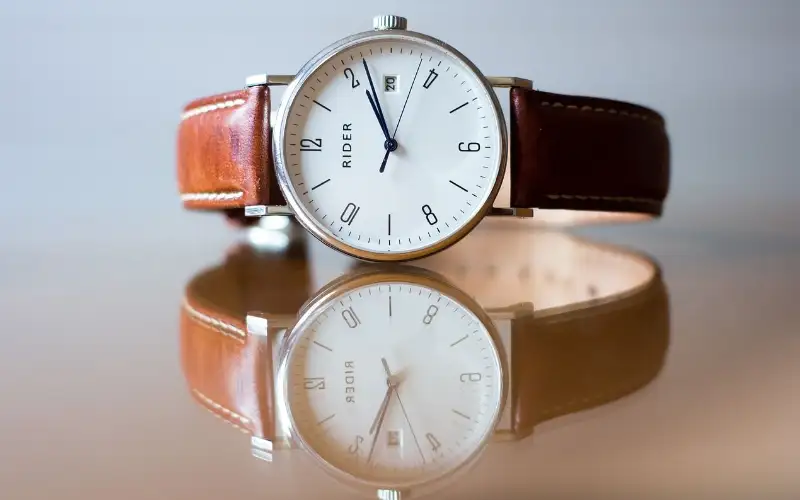
Exploring the Various Glass Options for Watches
Choosing a watch is a personal decision that takes into account many factors, ranging from style and design to functionality and budget. Among these important elements to consider, the type of glass used to protect the watch face can greatly influence the quality, appearance, durability and price of your future timepiece.
Through these lines, we offer you a guide to the different types of glass available on the market, in order to help you make the best choice according to your preferences and needs.
1. Acrylic glass
THE acrylic glass, also known as Plexiglas or Hesalite, is a lightweight, inexpensive synthetic material that offers great transparency and impact resistance. It has several advantages for watches:
- Very light, it reduces the overall weight of the watch, which can be appreciated for daily wear or for sports watches.
- Shock resistant and difficult to break, it is particularly suitable for watches intended to be worn in extreme conditions or during intense sporting activities.
- Easy to polish, it quickly removes superficial scratches that may form over time.
However, acrylic glass also has some disadvantages:
- Less scratch resistant than other types of glass, it may require regular polishing to maintain its appearance.
- It is less durable and may yellow over time, affecting the readability of the dial and the overall appearance of the watch.
2. Mineral glass
THE mineral glass, also called mineral crystal, is made from fused silica and treated to improve its transparency and scratch resistance. It is the type of glass most commonly used in mid-range watches, offering a good compromise between quality and price. Its main strengths are:
- Significantly higher scratch resistance than acrylic glass, though lower than sapphire, ensuring it looks like new for longer.
- Good impact resistance, although lower than that of acrylic glass.
- A moderate cost that allows us to offer quality watches at affordable prices.
However, mineral glass has certain limitations:
- In the event of deep scratches or breakage, it is more difficult to repair than acrylic glass.
- Its durability is less than that of sapphire crystal, which offers almost unrivaled scratch resistance.
3. Sapphire crystal
THE sapphire crystal is considered the ultimate in protection for high-end and luxury watches. Made from crystallized aluminum oxide, it is extremely scratch-resistant and highly transparent, providing optimal dial readability. Here are some of its main advantages:
- Virtually scratchproof, it preserves the watch's appearance over time and does not require regular polishing.
- Very clear and luminous, it highlights the sophisticated dials and high-end finishes.
- Durable and hard-wearing, it helps extend the life of your watch and preserve its value.
On the other hand, sapphire crystal also has disadvantages:
- Its high cost can significantly increase the price of a watch, making it less accessible for certain budgets.
- Although highly scratch resistant, it is more fragile to impact than acrylic glass and may crack or break.
4. Glass with anti-reflective treatment
Regardless of the type of glass chosen, it is possible to opt for a treatment anti reflection which improves the readability of the dial by reducing reflections and glare caused by light. This treatment can be applied to all types of glass: acrylic, mineral or sapphire.
Benefits of anti-reflective coating:
- Significant improvement in dial readability in varying light conditions.
- Appearance more elegant and sophisticated, thanks to the elimination of unwanted reflections.
Disadvantages of anti-reflective coating:
- Additional cost related to the application of the treatment on the glass.
- Potential alteration of the anti-reflective layer over time, requiring re-application.
In sum, the choice of the type of glass for your watch will mainly depend on your priorities in terms of budget, resistance to scratches and shocks, durability and appearance. Acrylic glass will be more suitable for sporty and affordable watches, while mineral glass represents a good quality-price compromise for mid-range watches.
Finally, the sapphire crystal provides unparalleled protection and elegance for high-end and luxury watches. Also, don't forget to take into account the option of anti-reflective treatment to improve the readability and aesthetics of your timepiece.
Did you like this story?
Please share by clicking this button!
Visit our site and see all other available articles!